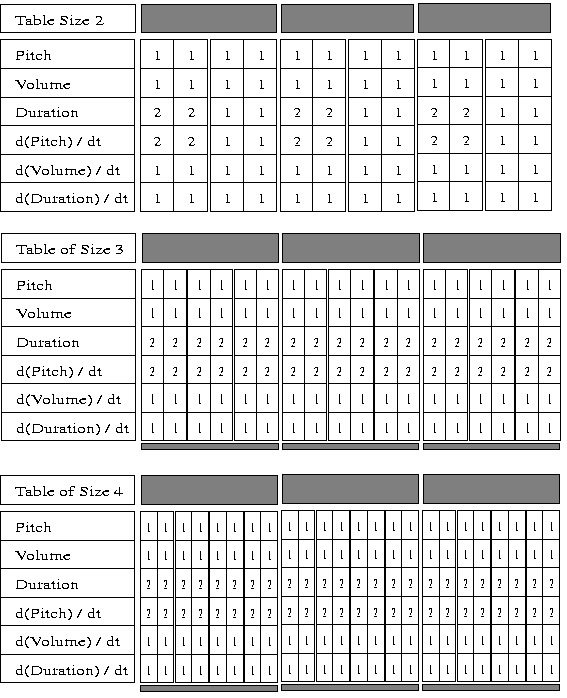
Pattern Matching
Pattern matching, along with learning the periodicity of the input, does the basic computations the code is based upon. It is able to learn patterns of different length from the input, and match partially completed patterns to either predict future inputs, or turn the focus of attention to different patterns interesting to a specific behavior.The pattern matcher receives commands from the attention loop, which directs it on what to match, what to record (learn), and what to pay attention to.

